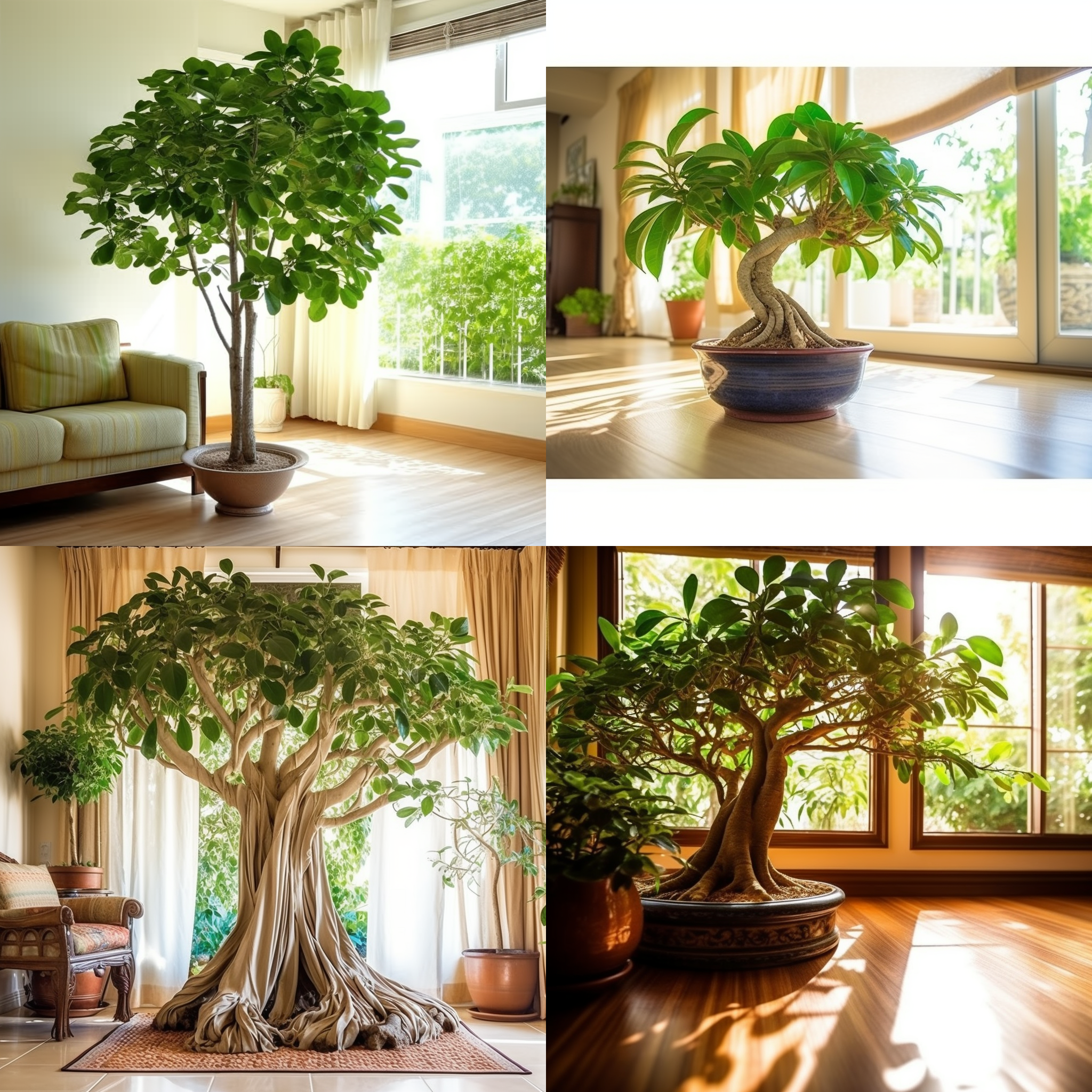Story of Day :
Contents
The Ficus Plant: A Complete Guide and Care Tips
Are you looking for a plant that is both stylish and easy to care for? Look no further than the ficus plant! This popular houseplant adds beauty to any room with its glossy green leaves and unique trunk. In this guide, we’ll cover everything you need to know about taking care of your ficus plant.
What Is a Ficus Plant?

Ficus plants are part of the fig family, which includes over 800 species. These plants can be found all over the world ranging from tropical rainforests to arid deserts. The most common types of ficus plants used in home decor are the rubber tree (Ficus elastica), weeping fig (Ficus benjamina), fiddle leaf fig (Ficus lyrata), and creeping fig (Ficus pumila).
Benefits of Having a Ficus Plant in Your Home

- Freshens indoor air by removing toxins such as formaldehyde, benzene, and trichloroethylene.
- Adds natural color to your living space with its vibrant green leaves.
- Reduces stress levels by promoting relaxation and calmness.
- Increases humidity levels leading to improved respiratory health.
Caring for Your Ficus Plant

Light Requirements:
Ficuses enjoy bright indirect sunlight but can tolerate low light conditions as well. Avoid exposing them directly to harsh sunlight as it can scorch their leaves. Place them near east or west-facing windows so they get ample morning or afternoon sun exposure respectively.

Watering:
The key is not too much water but not too little either! Water the plant only when the top 25% of soil is dry. Overwatering can cause root rot while under-watering can lead to leaf drop. Make sure your pot has proper drainage so that excess water doesn’t accumulate at the bottom, leading to root rot.
Humidity:
Ficus plants prefer a humid environment, so it’s best to keep them in rooms with humidity levels of 50–60%. You can increase humidity by placing a tray of pebbles and water underneath the pot.
Temperature:
Ficuses thrive in warm temperatures ranging from 65°F–75°F (18°C–24°C). Avoid placing them near drafty windows or air conditioning vents as this could cause stress on the plant.
Pruning:
If you want your ficus plant to grow with a specific shape or size, prune it regularly. Prune back any unwanted shoots with sharp scissors leaving an inch above where you cut. Use pruning shears for bigger branches.
Dealing with Common Ficus Plant Problems
- Yellow leaves: This may be because of over-watering or poor drainage causing root rot. Trim back any yellow leaves and reduce watering frequency.
- Dry leaves: This could indicate low humidity levels, not enough watering or too much sunlight exposure leading to sunburnt leaves. Increase humidity levels and move away from direct sunlight exposure.
- Pests: Ficuses are prone to spider mites, whiteflies, thrips etc.. Regularly check for signs like webs on foliage underside or sticky deposits caused by pests feeding on sap from your ficus plant’s leaves . If spotted early enough use insecticidal soap solutions; otherwise, prune out affected areas.
Conclusion
A ficus plant is a wonderful addition to any home or workspace with its aesthetic appeal and health benefits. With the right care and attention, you can keep your ficus healthy and thriving for years to come!
